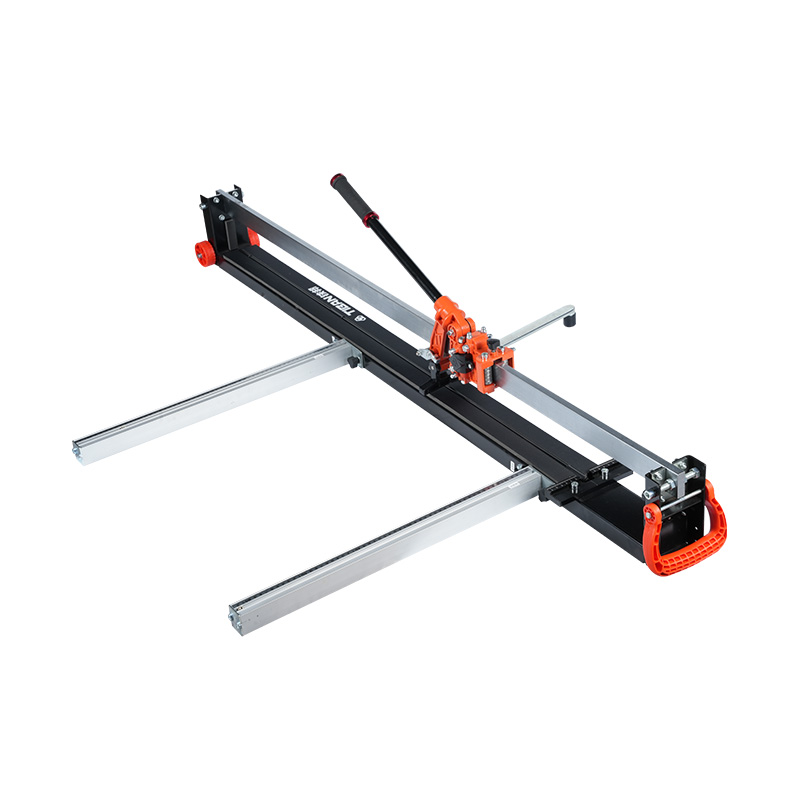
Tile cutting is a critical part of construction and home renovation projects. Choosing the right cutter affects precision, efficiency, and overall quality. Laser tile cutters have emerged as a technological alternative to traditional manual cutters. Comparing these two options can help builders, designers, and DIY enthusiasts make informed decisions.
Precision and Accuracy
One of the main advantages of laser tile cutters is their precision. Using a laser guide, these machines can create highly accurate cuts, including straight lines, curves, and intricate patterns. This is especially beneficial when working with complex designs or high-quality tiles where accuracy is crucial.
Manual cutters, by contrast, rely heavily on the skill of the operator. While experienced users can achieve precise results, the potential for slight errors is higher, particularly with larger tiles or detailed patterns. Laser tile cutters reduce this margin for error, ensuring consistent results across multiple tiles.
Speed and Efficiency
Laser tile cutters generally offer faster cutting compared to manual methods. The automation and guided systems allow for quicker execution of cuts, which can significantly reduce project timelines. This is advantageous for large-scale construction or renovation projects where time efficiency is important.
Manual cutters require more physical effort and careful alignment, which can slow down production. While they are suitable for small tasks or simple straight cuts, large or intricate projects may become time-consuming. Laser tile cutters streamline the process, saving both labor and time.
Versatility and Application
Laser tile cutters are versatile and can handle a wide range of tile materials, including ceramic, porcelain, and natural stone. They are capable of making both standard and custom cuts, allowing for decorative patterns and unique shapes. This flexibility makes them suitable for modern interior designs that demand precision and creativity.
Manual cutters are generally limited to straight cuts or simple shapes. While attachments and scoring techniques can expand their functionality, manual cutters may struggle with highly detailed designs or thick, hard tiles. For users who require advanced cutting capabilities, laser tile cutters offer a broader range of applications.
Cost and Accessibility
One consideration when comparing laser tile cutters to manual cutters is cost. Laser cutters typically have a higher upfront price due to advanced technology and automation. Maintenance and repair can also be more complex. However, for frequent or large-scale projects, the efficiency and precision benefits may justify the investment.
Manual cutters are more affordable and accessible for individual users or small-scale projects. They require minimal maintenance and can be easily transported. For occasional home use or small renovations, manual cutters remain a practical choice.
Safety Considerations
Laser tile cutters offer safety advantages by reducing direct contact with cutting blades, minimizing the risk of injury. Safety features such as automatic shutoff and protective shields enhance their reliability.
Manual cutters require careful handling of sharp blades and scoring tools. Users must follow strict safety practices to prevent accidents, making operator skill and attention a crucial factor.
Laser tile cutters provide higher precision, efficiency, and versatility compared to manual cutters, though they come at a higher cost. Manual cutters remain practical for smaller tasks and occasional use. Evaluating project scale, complexity, and budget can help determine which type of cutter best suits your needs.


 English
English русский
русский Español
Español italiano
italiano